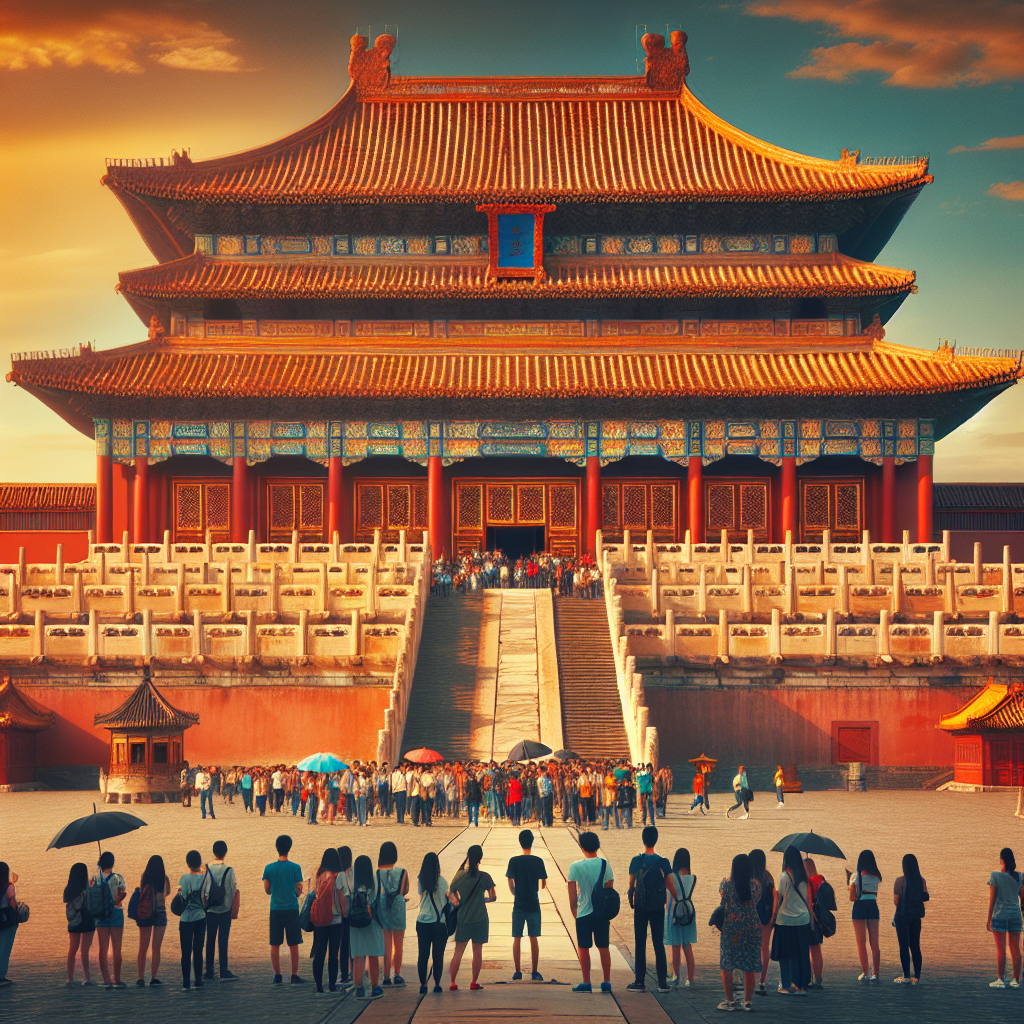Unlocking Secrets of the Forbidden City: Artisans Preserve China's Imperial Heritage
In Beijing's Forbidden City, restorers use advanced X-ray technology to analyze artifacts, ensuring their preservation for future generations. The team employs a blend of scientific and traditional methods to restore over 1.8 million relics, including calligraphy, bronzes, and antique clocks, with the aim of protecting their cultural value.

- Country:
- China
In the heart of Beijing, restorers are engaged in intricate conservation work at the Forbidden City, a place rich with imperial history. Using advanced X-ray diffraction technology, they analyze fragments like a glazed roof tile to understand surface changes and preserve these artifacts for future generations.
The restoration team comprises about 150 dedicated workers who merge scientific analysis with traditional methods to revitalize the museum's extensive collection. This includes a diverse range of items such as scroll paintings, bronzes, and antique clocks, each carrying its unique historical significance from China's dynastic past.
Many pieces, like a silk panel with the Chinese character for "longevity," undergo meticulous inpainting processes. This arduous work reflects a commitment to cultural preservation, underscoring the Forbidden City's enduring status as a major tourist attraction and a symbolic touchstone of China's imperial legacy.
(With inputs from agencies.)










